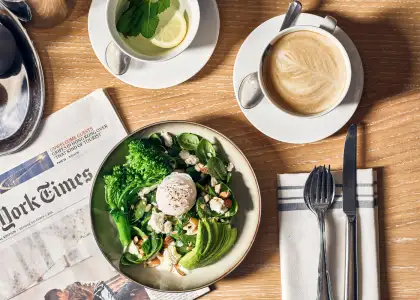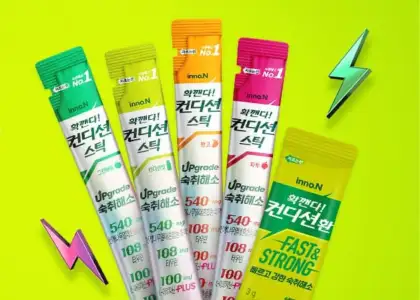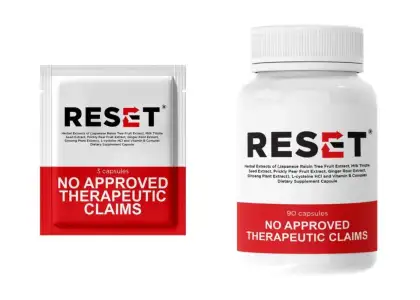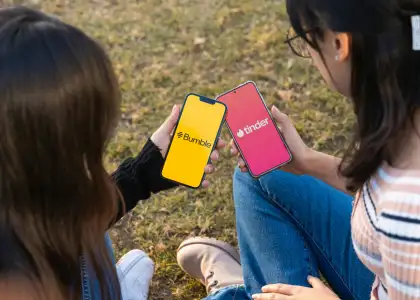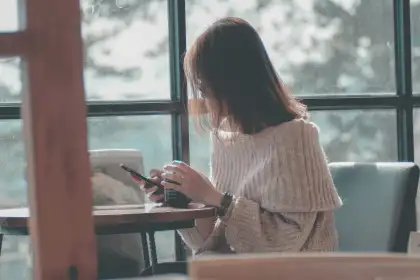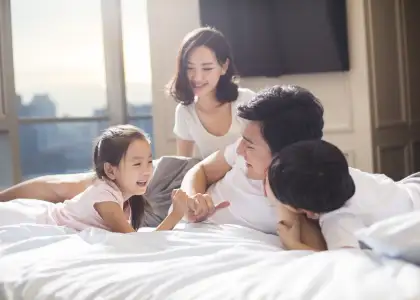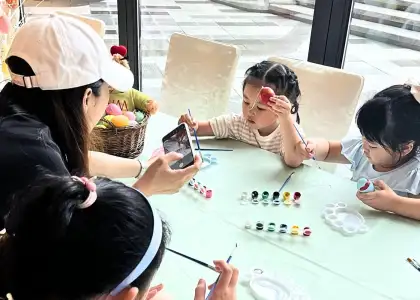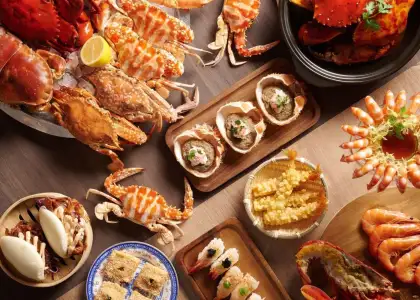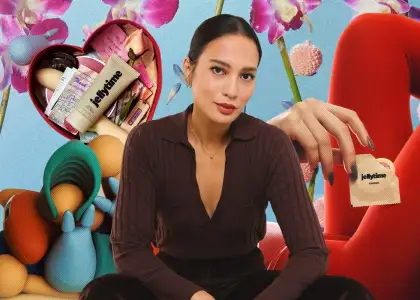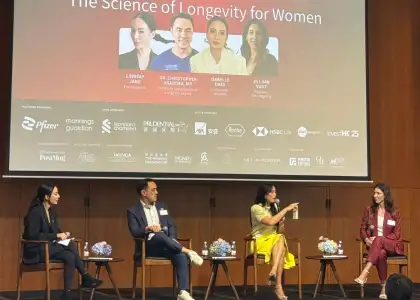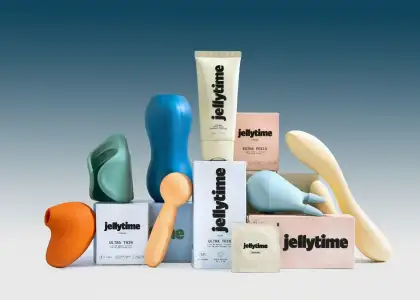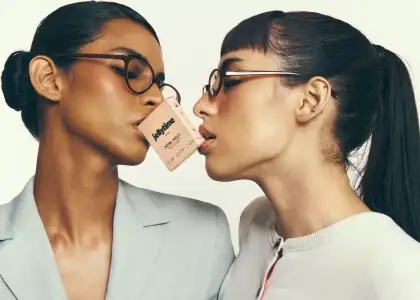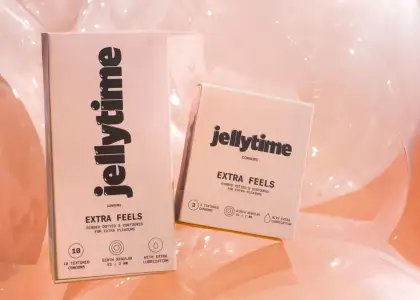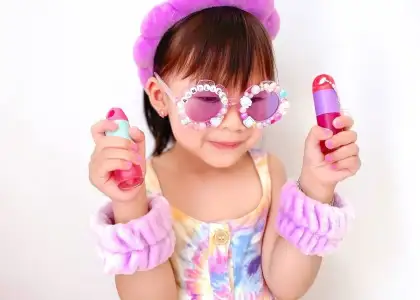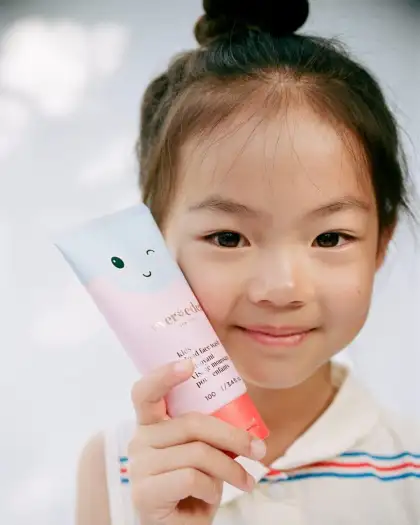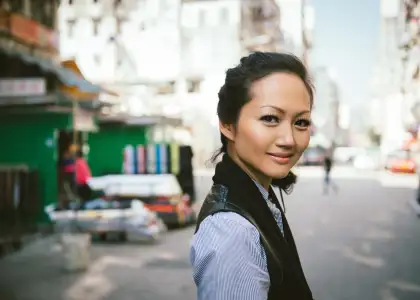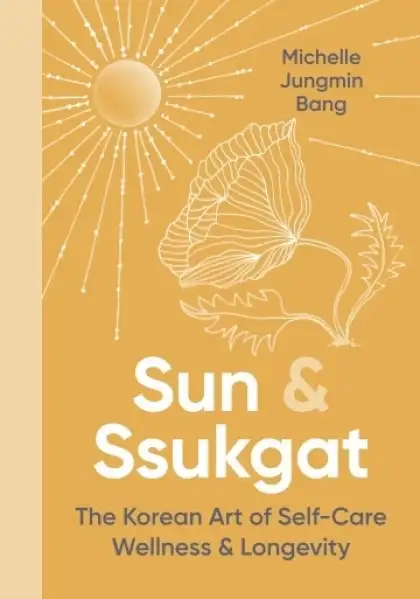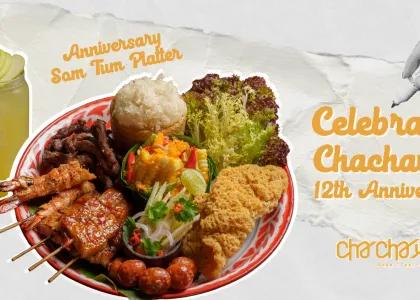Backpacking Through Southeast Asia? Here's Your Guide Against Mosquitoes
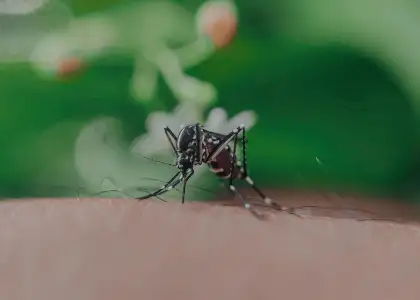
It goes without saying that Southeast Asia is a stunning region, boasting exquisite beaches, biodiverse jungles, and ever-vibrant cultural landscapes. It’s no surprise that tourists have flocked to several places in the region to witness the breathtaking beauty firsthand. However, despite its beauty, there's one common challenge that every traveler faces: mosquitoes.
Against this region’s natural allure come thousands of mosquitoes, which are not only uncomfortable but also pose a threat to health by carrying diseases like dengue and malaria. Backpackers, who like to explore remote areas, are not exactly immune to them. These minuscule insects are just as dangerous as we think.
But fret not. With the right precautions, you can protect yourself against mosquitoes. In this list, we’ve outlined some effective measures to help you stay safe while enjoying Southeast Asia’s unmatched beauty.
Always Wear Protective Clothing
Mosquitoes attack humans through skin exposure. And the best way to actually prevent them is through protective clothes like pants, socks, long sleeves, or lightweight jackets. And, of course, you have to choose ones that are comfortable too, as Southeast Asia is a tropical region, and covered clothes might be uncomfortable. Breathable fabrics like linen and cotton work well in hot weather.
There are also insect-repellent clothing options you can try, available in a variety of styles. You can purchase them through Insect Shield or on Amazon. Another option is permethrin, a protective treatment for clothes and gear, which can help kill or repel mosquitoes. Just remember not to apply permethrin products directly to the skin, as it can cause irritation.
You can buy it through Sawyer, which offers an odorless insect repellent called Sawyer Permethrin Fabric Treatment. This product can also be used for tents.

Always Carry Mosquito Repellent
Mosquito repellents should be at the top of your packing list when traveling, especially for your next Southeast Asia getaway. Insect repellents are proven to be highly effective barriers against mosquitoes. When purchasing one, look for products with active ingredients like DEET, picaridin, or lemon eucalyptus oil.
Some proven and tested products include:
- OFF!
- Human Nature Skin Shield Oil
- Ben’s
- Cottoncare Organic Citronella Spray
- Sawyer Picaridin Insect Repellent
- Avon Skin-So-Soft Bug Guard Plus
You may also opt for natural options like tea tree oil, citronella, cinnamon oil, and crushed lavender flowers. However, chemical repellents have proven to be more effective.
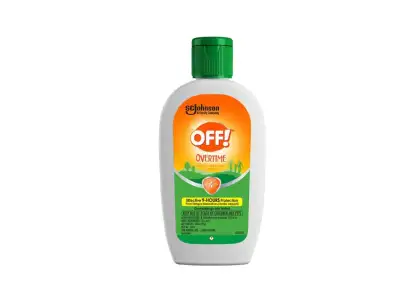
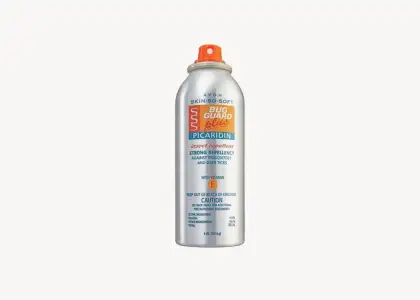
Book Mosquito-Free Accommodations
Mosquitoes thrive in humid areas, so staying in well-ventilated and air-conditioned accommodations can help you stay protected. Air conditioning helps reduce the humidity levels, which could keep mosquitoes at bay. However, if you’re camping or staying in a remote area, always make sure you sleep in a room that’s protected from the insects of the outdoors.
You can also bring mosquito nets with you (a staple in Southeast Asian countries), and some are available in portable versions for easy travel. You may purchase one through Amazon. You may also ask your host for mosquito coils or traps, if available. Unfortunately, these products aren’t allowed in airports, as they can be fire hazards, so your best option is to make sure your accommodation provides one.
Time Your Outdoor Activities Wisely
Mosquitoes are typically most active during dawn and dusk, when they tend to avoid the sun's heat. Given this, it’s a good idea to plan ahead and adjust your outdoor activities to avoid peak mosquito hours. However, if it’s too hot to go outdoors during these less active periods for mosquitoes, you may opt for the options provided above.
If you prefer outdoor activities during midday, look for mosquito-free settings, particularly those with strong winds where mosquitoes are unlikely to gather. Don’t let mosquitoes take away the fun — just make sure you’re protected and prepared. Being proactive ensures you can fully enjoy all that Southeast Asia has to offer.
What to Do If You Get Bitten
If, despite all the preventive measures, the mosquito wins and bites you, it’s best to clean the bite area immediately by washing it with soap and water. According to the Cleveland Clinic, mosquito bites typically appear as small, raised bumps that may change color. The dark spot in the center is where the mosquito bit you.
Mosquito bites are also itchy. And it’s tempting to scratch, but do everything in your power to avoid doing so, as it can put you at risk for infection. You may purchase over-the-counter antihistamines or apply aloe vera gels for soothing relief.
Be mindful of any symptoms and seek medical attention right away if you experience an allergic reaction, as these small insects are known to transmit potentially fatal diseases. If worse comes to worst, to safeguard yourself, it's advisable to purchase travel insurance, which can be obtained from local insurance companies, travel platforms, or through your tour operator.
Some trusted travel insurance platforms include Travel Guard, World Nomads, and AXA Assistance.
Get the latest curated content with The Beat Asia's newsletters. Sign up now for a weekly dose of the best stories, events, and deals delivered straight to your inbox. Don't miss out! Click here to subscribe.





